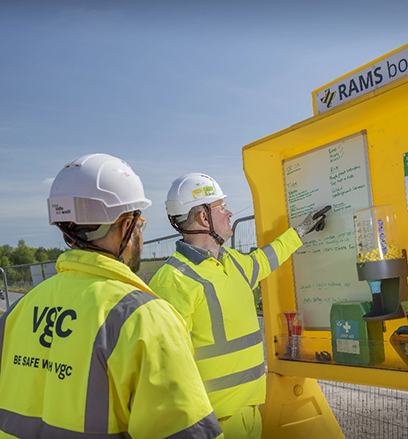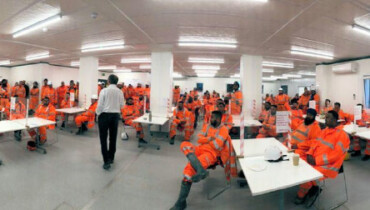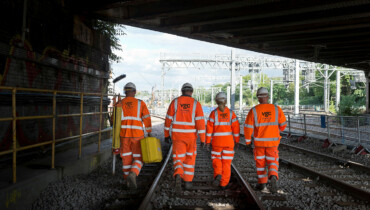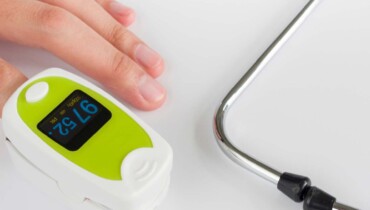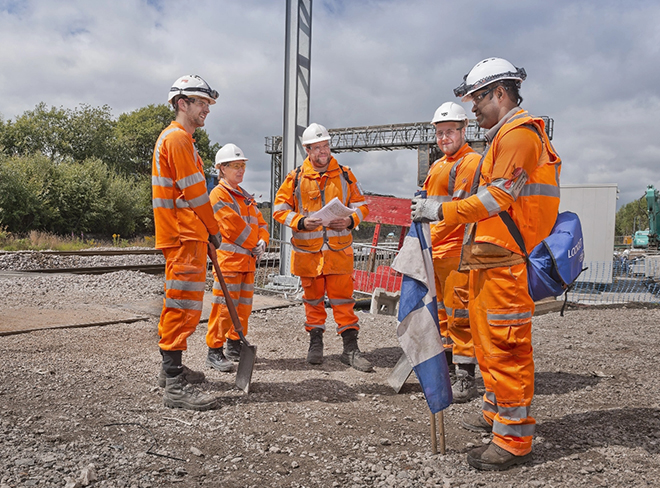
Safety, Health and Wellbeing
Safety, Health and Wellbeing
Ensuring the health, safety and wellbeing of our workforce is as important to us as achieving our financial and business goals. A healthy and safe workforce, is a productive, empowered and engaged workforce. Our HSQE strategy, culture and accredited management systems ensure that we keep our people and projects safe and drive continuous improvement.
Safety, Health and Wellbeing

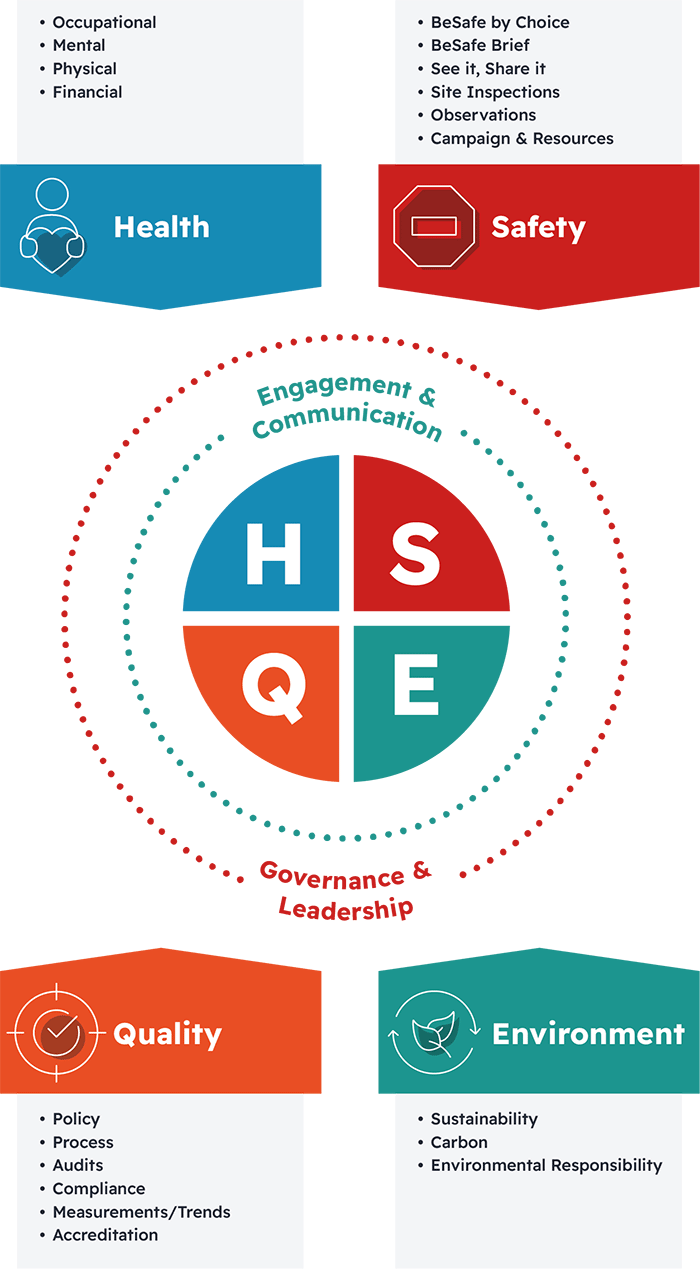
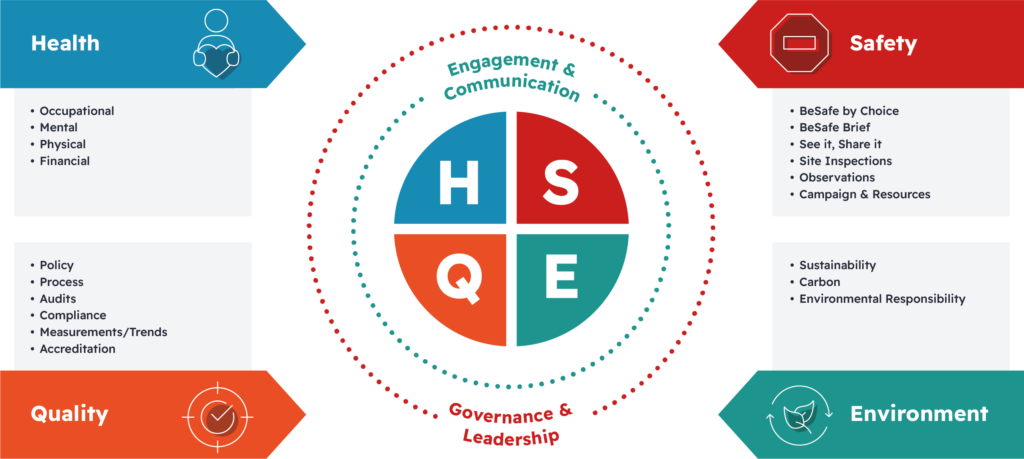
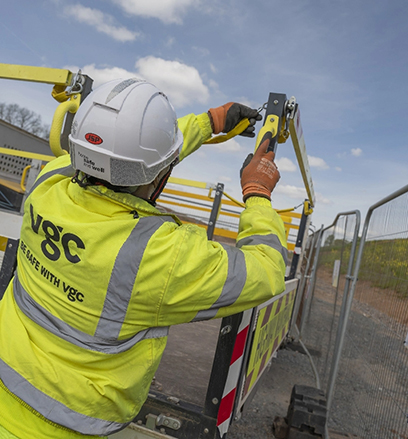
Be Safe Rules
We ask all our people to adhere to the VGC Be Safe rules at all times. These rules have been proven to reduce the likelihood of incidents happening on site.
Be Fit for work
- Always ensure that you attend work rested and alert
- Ensure you are trained for the job
- Wear the appropriate PPE for the task
- Declare any medical conditions that may affect your ability to undertake the task
Report anything unsafe
- However big or small it is, report any act or conditions that you think is unsafe
- Put it right if you can
- Tell your supervisor so we can learn from it
Get a brief before you start work
- Make sure you understand what you are going to do and how
- Have the right tools and permit
- Ask if you are not sure about anything
Stop work if anything changes
- Stop work if something changes from the plan
- Make sure the change has been reassessed before you start again
Accreditations
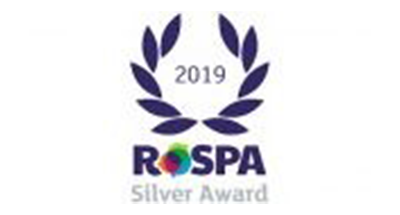
RoSPA silver award
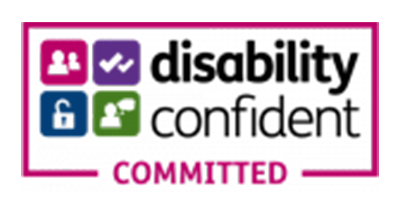
Disability Confident employer
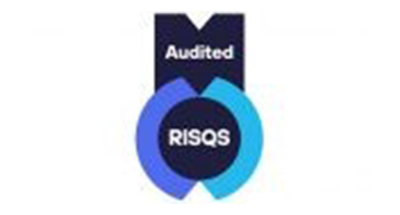
RISQS qualified
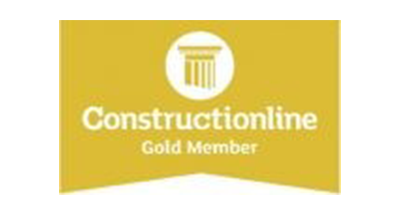
ConstructionLine Gold
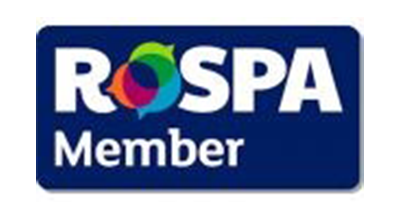
RoSPA member
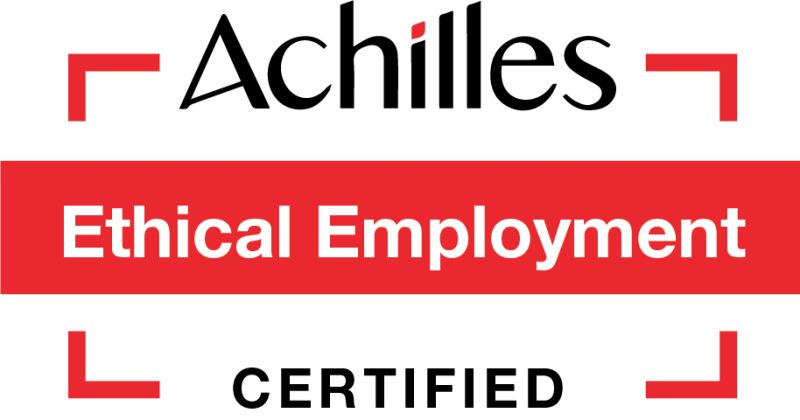
Achilles Ethical employment Certification
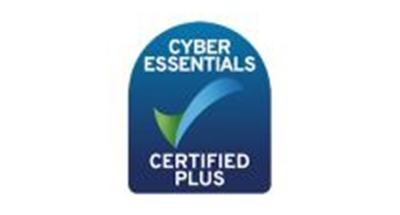
Cyber Essentials Plus – the highest level of certification
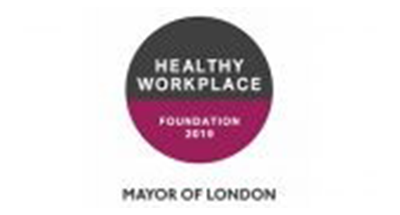
London Healthy Workplace award
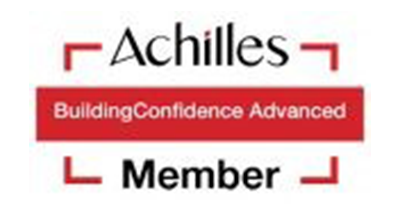
Achilles Building Confidence membership and certification
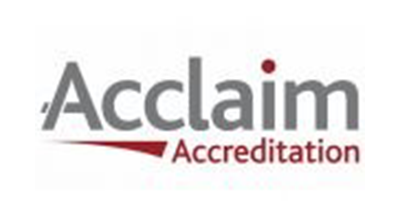
Acclaim health and safety accreditation
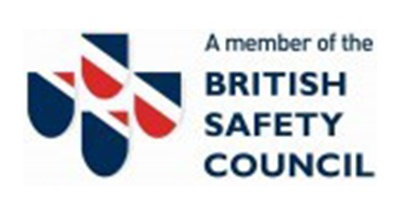
British Safety Council member
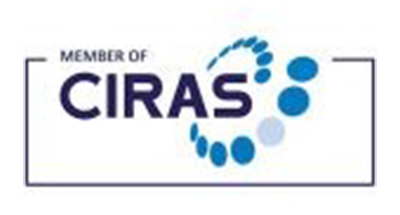
CIRAS (Confidential Incident Reporting & Analysis Service)
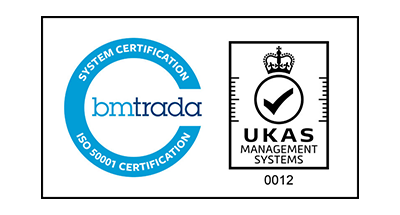
BM Trada ISO 50001 energy management
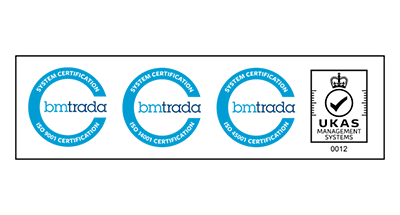
BM Trada ISO 9001:2015 quality management, ISO 45001:2018 occupational health and safety & ISO 14001:2015 environmental
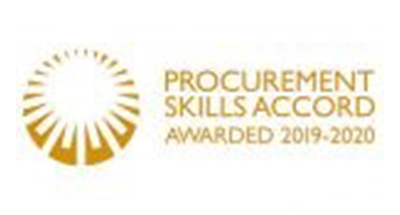
Procurement Skills Accord (Energy & Utilities Skills Partnership)
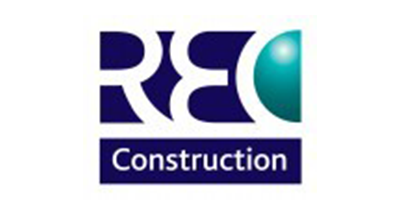
REC (Recruitment and Employment Confederation) Construction member
Be Safe by Choice
By creating behavioural & cultural change, we can make a real difference to the health, safety and wellbeing on our projects. In collaboration with behavioural specialists, we developed a behaviour-based safety (BBS) programme Be Safe by Choice.
The programme equips our people with the skills, ability, and confidence to influence better health, safety, and wellbeing outcomes by challenging unsafe behaviours, promoting positive action, showing appreciation, and discussing the impact of people’s decisions. We want to increase reporting, eliminate accidents, lead by example, promote best practise, and celebrate success. The programme has been expanded to incorporate mental health wellbeing, FIR and modern slavery awareness.
Our ‘key influencers’ participate in a 3-day training programme and are involved in continuous engagement, consultation, and refresher training.
